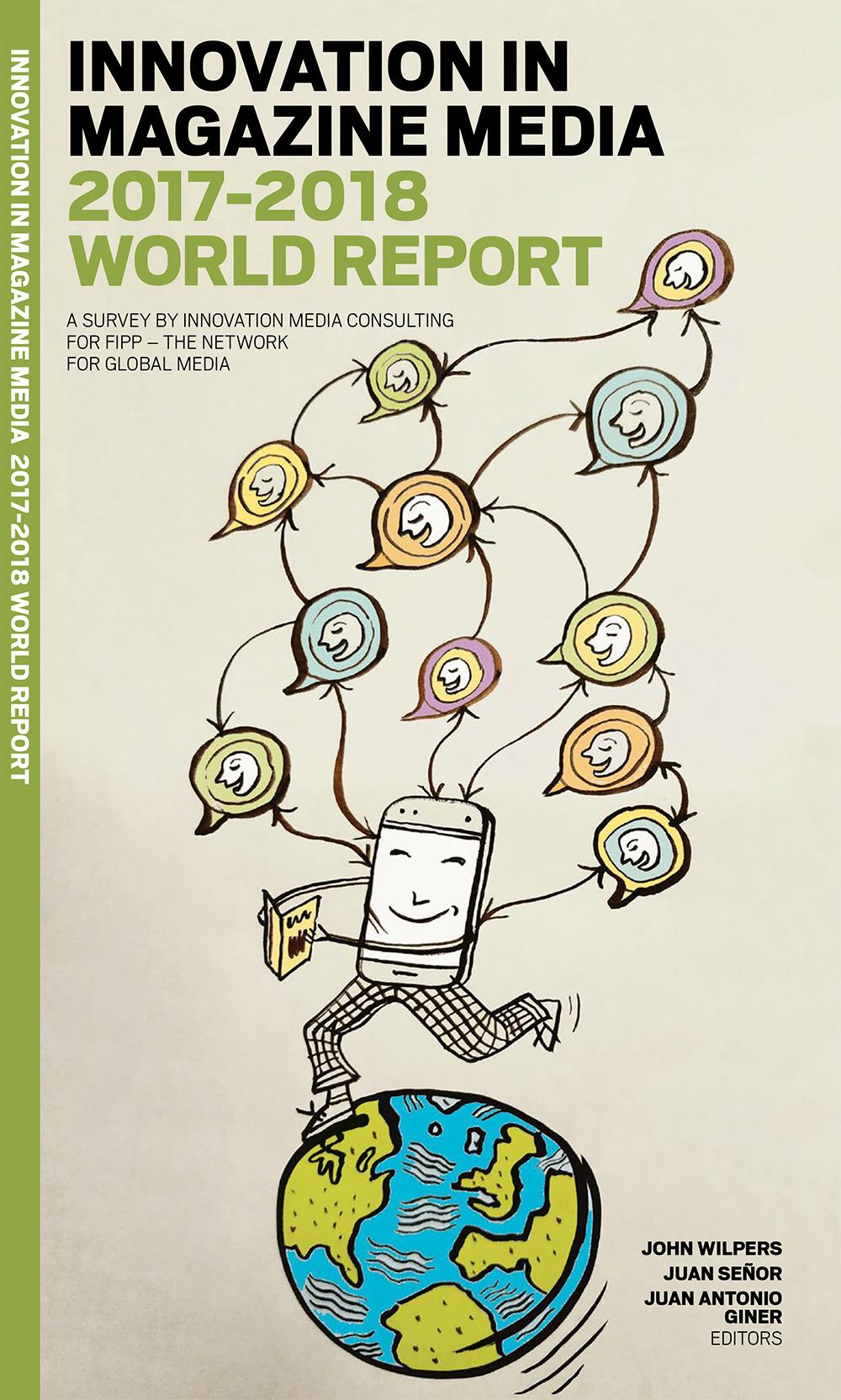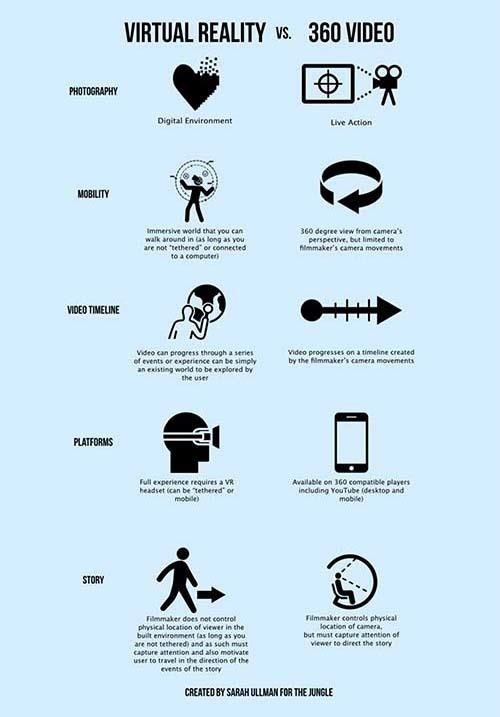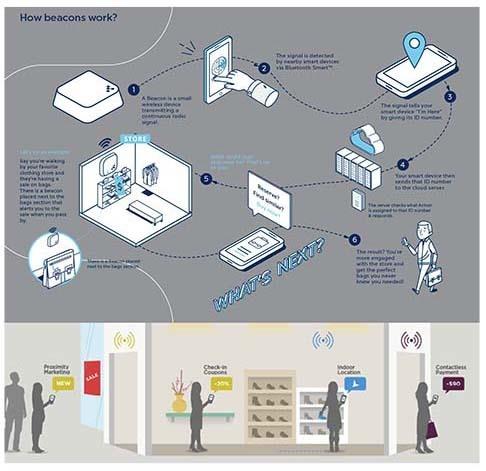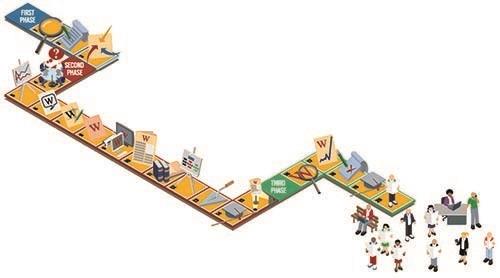Never a dull moment with Innovation in Magazine Media
Let’s start with all the new fun stuff, then back into other ideas adopted by magazine publishers to help them keep and grow their markets in this super-competitive landscape.
Innovative media are devising all manner of experiences in print and digital formats to draw attention to their products.
Fast Company produced a four-page Porsche spread in April 2016, one of which had an acetate sheet readers could assemble into a prism, place on a tablet, and launch a video projecting a hologram image into the prism, thereby creating a unique magazine experience.

OK, so it’s a spread for an ad, but you get the idea. Besides, there’s a meaty section in the book featuring various forms of advertising for today’s magazines.
That and many such helpful nuggets are featured in “Innovation in Magazine Media 2017-2018 World Report.”

Elsewhere, banking on a book and movie series, a magazine livened up photos in a special way.
Mimicking the moving pictures in the Daily Prophet newspaper of the early Harry Potter films, Empire magazine’s special edition cover celebrating the opening of the latest Harry Potter film in the fall of 2016 included pictures coming alive thanks to an embedded video player. Readers could watch a trailer and a behind-the-scenes tour of the movie as well as interviews with the director and with the author J.K. Rowling herself.
So there’s a trend towards increased movement as embodied in video, virtual reality (VR), augmented reality (AR), and a slew of artificial intelligence (AI) options.
The report’s authors point to Google, Samsung, Facebook, HTC, Sony and Microsoft investing big time in VR, noting that it’s extremely expensive to produce, and that the audience equipped to experience it is still extremely small.
However, there is a subset of virtual reality that is not so expensive to make and has the similar effect of putting you someplace outside of your reality. It’s called 360 video. Consumers can enter that world for as little as US$1.99 for a pair of Google Cardboard “glasses” on eBay (US$15 if you buy from Google.). And publishers can play in that space for far, far less than the tens or hundreds of thousands of dollars it costs to produce a pure VR video.

While VR is an immersive, out-of-the-present experience that can be controlled by users and puts them in an environment that gives them the feeling of being physically present someplace (real or imagined) they are not, in a 360° video, users are surrounded by a real-world environment, but they go where the person directing the camera takes them.
Augmented Reality (AR) isn’t new but is also being increasingly used to good effect in magazines and advertising.
The November 2016 issue of Elle included eight covers, each one featuring an actress (Aja Naomi King, Amy Adams, Anna Kendrick, Felicity Jones, Helen Mirren, Kathy Bates, Kristen Stewart, and Lupita Nyong’o). When readers logged into the ElleNow app and held their mobile device over each cover, they were treated to video interviews with each actress.
On the ad side, IKEA’s 2016 catalogue featured AR by enabling users to place products in their homes before buying them by using the company app on their smartphones.

Enter another new/old technology expected to make the trendy list in 2017 – beacons (small wireless sensors transmitting data to phones using Bluetooth Low Energy, or BLE) – that can target broad areas relatively cheaply.
“Beacons can push coupons and promotions and also incorporate personalized messages and recommendations based on geography and/or customer purchase history,” according to Brian Friedman, chief technology officer (CTO) of Loopd, an event engagement management company.
But he cautioned media and marketers to “use them respectfully” by not invading consumers’ privacy and being aggravatingly intrusive.

The report provides a generous dose of advice on what not to do, including investing in an expensive website redesign or building countless apps for a magazine/publishing brand.
Instead, it says the future (at least for now) is chatbots and messaging apps that are slated to be “faster, smarter, easier to use, friendlier, more targeted, more secure, more personal, more satisfying, and more widely used than websites, apps, and social media.”
For newbies, here’s some clarification:
Messaging apps are conversation platforms like WeChat, WhatsApp, Facebook Messenger, QQ Messenger, Viber, and Kik, as well as photo-based ones like Snapchat and Instagram.
Chatbots are interactive text or voice apps that live on messaging apps and can ask and answer consumer questions, depending on how they’re programmed. But, as with everything else, they have limitations.

True to form, the FIPP and Innovation Media Consulting Group’s report provides clients with a range of very productive tips.
The publishing business–focused team has been at it for many years advising the editorial and management sides of media to “innovate and embrace new digital platforms, and find bold new strategies as well as new revenue streams.”

As for monetisation, the authors recommend a mixed bag of advertising, ad blocking strategies, reader revenue, branded content, distributed platform advertising, ecommerce, events, mobile advertising, native advertising, newsletters, messaging apps and chatbots, programmatic advertising, retail revenue and video advertising.
Magda Abu-Fadil is director of Media Unlimited. See her blog about Innovation in Magazine Media on The Huffington Post here.
The new Innovation in Magazine Media 2017-2018 World Report is available in print format thanks to UPM and and in digital format powered by PressReader. The book is written for FIPP every year by Innovation Media Consulting – a global consultancy helping publishers succeed in the digital age.
The digital format is FREE to all FIPP members. For more information about inviting the Innovation authors to present these case studies to your company, special prices for bulk orders or how to get your FIPP member free digital copy, contact Helen Bland.
John Wilpers, senior director USA, and Juan Señor, senior partner of Innovation Media Consulting – author and editor of the Innovation Report respectively – will drill down into the Innovation case studies at the FIPP World Congress taking place in London, 9-11 October 2017. Further information here.
More like this
Innovation ‘how to’ report gives the lowdown on chatbots
John Wilpers showcases top trends included in new FIPP Innovation World Report









